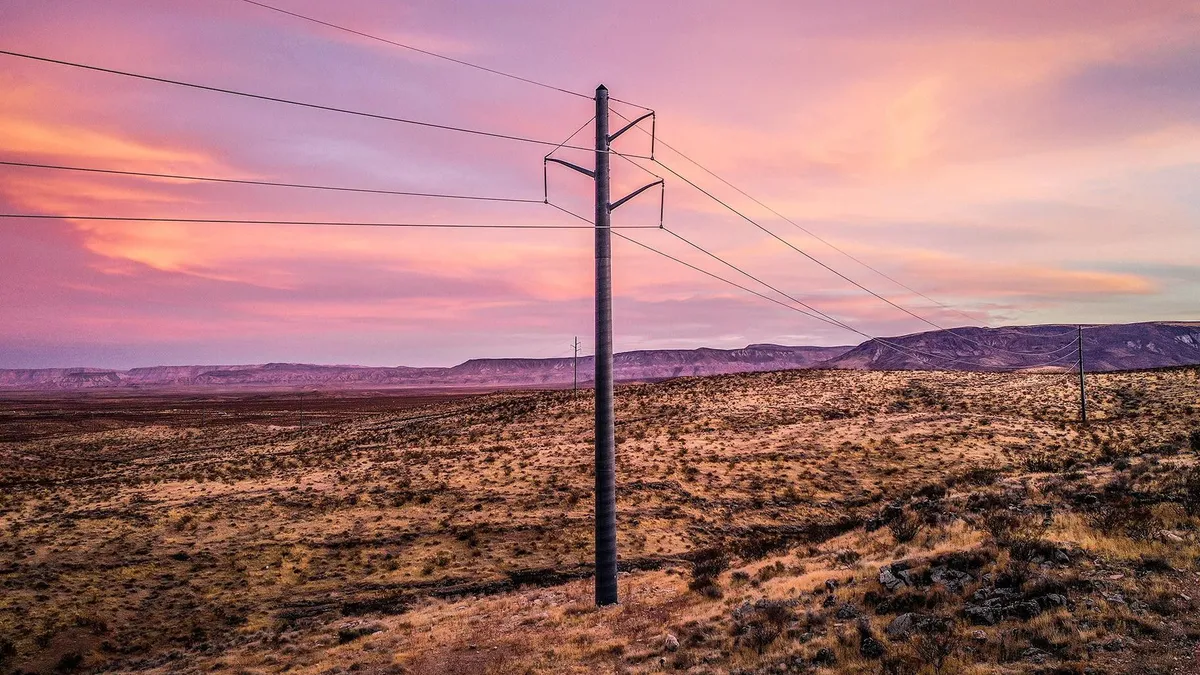Composite utility poles have been shown to be highly resilient in ice storms, freezing rain, hurricanes and wildfires. These poles are made from a combination of materials, including fiberglass, steel and concrete, which give them added strength and durability, while making them flexible and lightweight.
Performance in extreme weather
One of the main advantages of composite utility poles is their ability to withstand extreme weather conditions. When ice builds up on traditional wood poles, it can add extra weight and stress, causing the poles to snap or break. These malfunctions can lead to damage to homes and properties, injuries, or even loss of life. Composite poles, on the other hand, are able to withstand the additional weight and remain upright; a feature every utility company should be able to expect in a quality utility pole. For instance, In October 2016 and January 2009, Hurricane Matthew and the 100-Year Ice Storm, further north, destroyed 2,700 and 1,600 wooden poles respectively. In contrast, composite poles in Florida and Texas tested by this tropical storm remained undamaged. Additionally, 450 composite poles that were installed in Grand Bahama in 2009 have proven their resilience by weathering Hurricane Matthew and Hurricane Irene.
In light of these examples, it’s evident that the choice of utility poles can make a significant difference in the resilience of power infrastructure during extreme weather events.
Long lifetime
In addition to their strength, composite poles are also resistant to rot and decay, which can weaken wood poles over time. On an annual basis, approximately 2.5 million out of the total 130 million wooden poles require replacement due to factors like aging, deterioration, decay and in more severe cases, the impact of extreme weather conditions. This makes composite poles a long-lasting and reliable choice for utility companies looking to maintain a stable and efficient power grid.
Resilience through temperature changes
Another benefit of composite poles is their ability to withstand extreme temperature fluctuations. In cold climates, traditional wood poles can become brittle and break when subjected to extreme cold. Composite poles, on the other hand, remain flexible and are able to withstand temperature swings without breaking.
Unlike wood poles that need chemical coatings, composite poles are chemically neutral and environmentally inert. This eliminates the potential for chemical leaching into drinking water and sensitive ecosystems like coastal areas, wetlands and bogs.
Overall, composite utility poles have proven to be a reliable and durable choice for utility companies looking to upgrade their infrastructure. With their ability to withstand extreme weather conditions and temperature fluctuations, composite poles are a smart investment that can save money and significantly reduce downtime in the long run.
Composite utility poles are an increasingly popular choice for forward-thinking utility companies looking to upgrade their infrastructure and mitigate the potential risks associated with ice storms.










